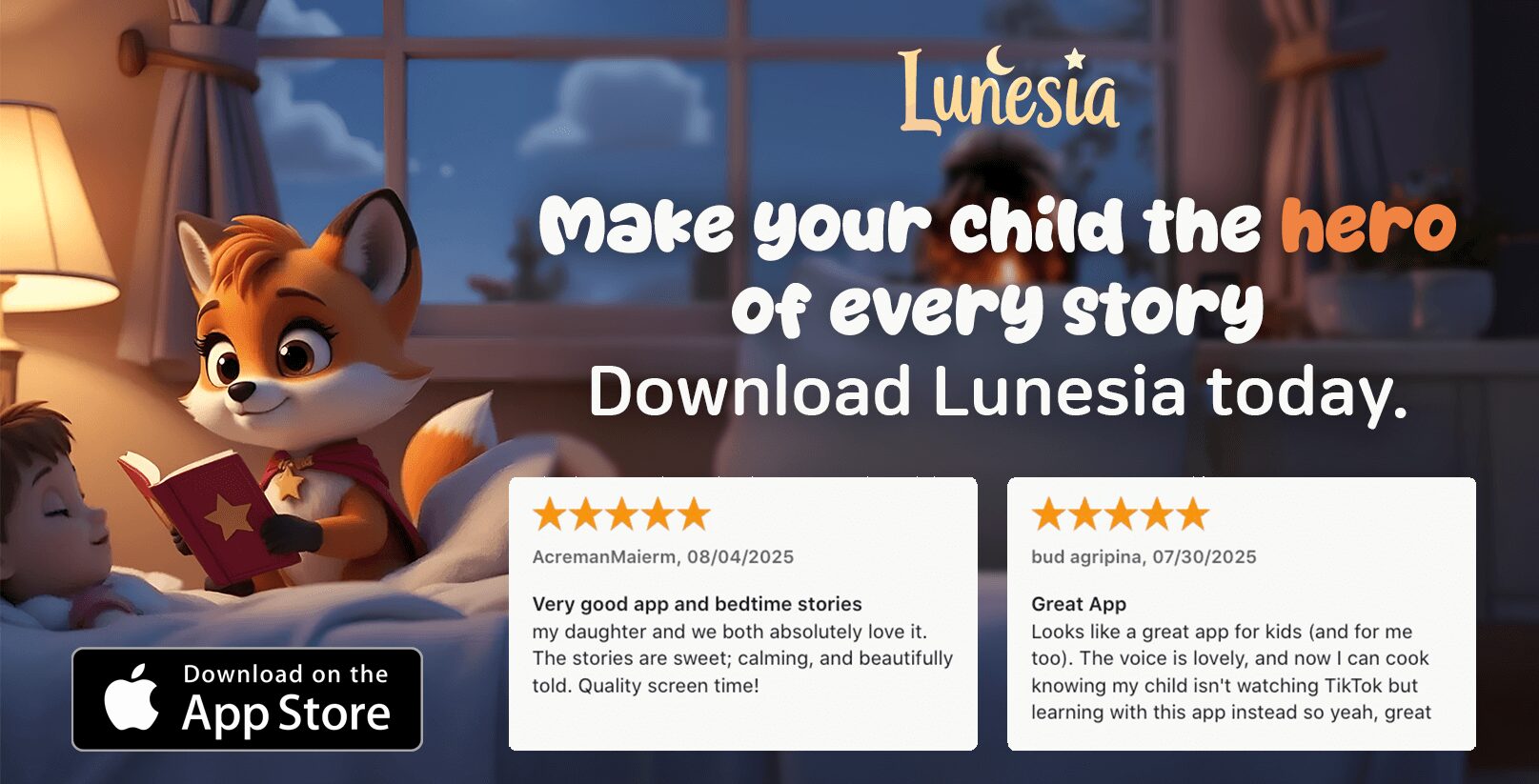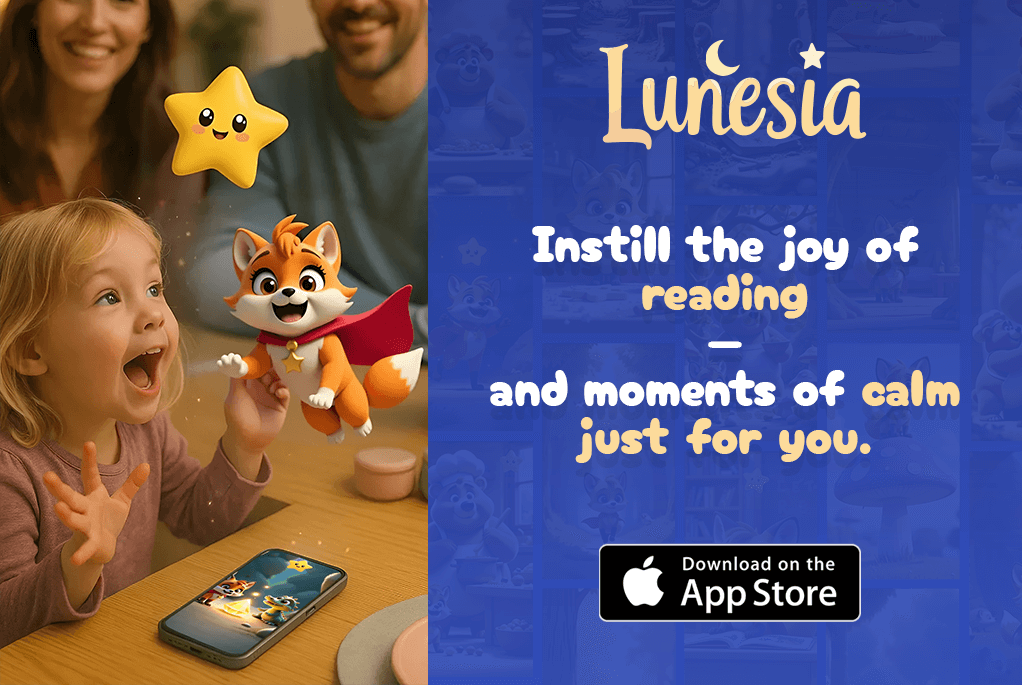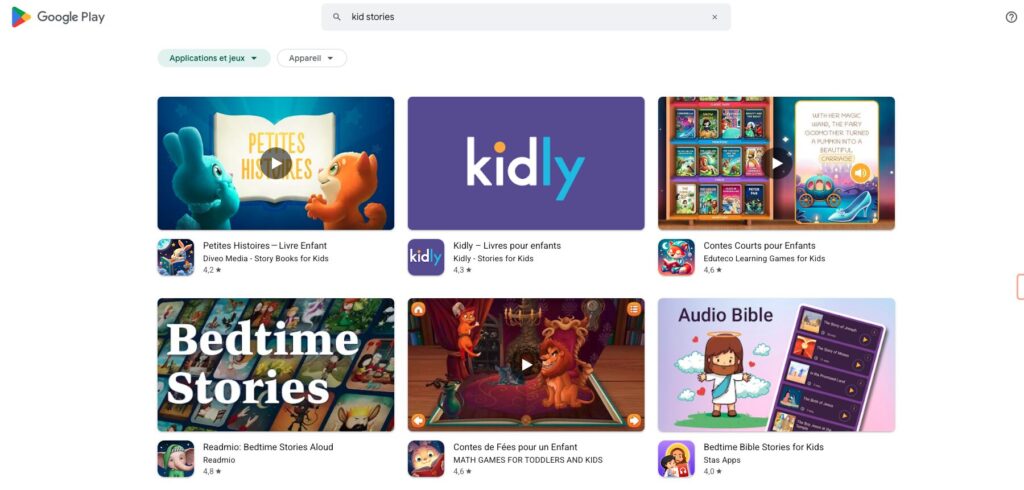As a parent, I’ve faced moments where my child struggled to navigate the world around them. Whether it was a crowded room or a new routine, these challenges often felt overwhelming—for both of us. That’s when I discovered the magic of social stories. These simple, illustrated narratives became a lifeline, helping my child understand and prepare for situations that once seemed impossible.

Think of these stories as training wheels for life. They provide a safe space for children to practice and process emotions before stepping into real-world scenarios. For kids who thrive on visuals and structure, like many autistic or hyperlexic children, these tools are especially powerful. They turn abstract concepts into relatable, step-by-step guides.
In my journey, I’ve seen firsthand how consistent use of these stories can reduce meltdowns and build confidence. But I also know the frustration of sifting through poorly-made versions—clipart instead of real photos, missing steps, or unclear instructions. That’s why I’m thrilled to share a curated collection of over 100 neurodiversity-affirming stories. Consider this your library card to a world of understanding and growth.
What Are Social Skills Stories?
Have you ever wished for a tool that could help your child navigate tricky situations with ease? That’s exactly what a social story does. These short, illustrated narratives break down complex scenarios into simple, relatable steps. They’re like a friendly instruction manual written in your child’s language.
A social story typically includes three key components: the situation, feelings, and actions. For example, if your child is nervous about their first haircut, the story might describe the setting, acknowledge their emotions (“Your tummy might feel fluttery”), and suggest calming strategies (“We can take deep breaths”).
Here’s an example from our “Asking for Help” story: “When my pencil breaks, I can raise my hand and say, ‘Ms. Amy, I need assistance.'” This concrete script gives kids a clear plan, unlike abstract lectures that can leave them confused.
“Unlike traditional methods, social stories show instead of tell, making them a powerful tool for teaching behavior.”
These tools aren’t just for toddlers learning “gentle hands.” They’re equally effective for teens navigating job interviews or other life challenges. Whether your child is mastering basic skills or tackling complex situations, a social story can be their guide.
For more tips on using these stories effectively, check out this resource from TherapyWorks. And if you’re looking for customizable options, Lunesia offers a variety of tools to fit your needs.
Why Social Skills Stories Are Effective
Helping children understand the world can feel like a puzzle at times. That’s where social stories come in. These tools are more than just tales—they’re bridges to empathy, understanding, and confidence.
Building Empathy and Understanding
One of the most powerful aspects of these stories is their ability to help kids see the world through others’ eyes. For example, a story about sharing might show how a character feels when left out. This teaches children to consider different perspectives.
Research shows that children who engage with such narratives develop a 30% larger vocabulary than those who don’t. This growth in language skills directly supports their ability to connect with others.
Reducing Anxiety in New Situations
New experiences can be overwhelming for kids. Social stories act as mental maps, previewing what to expect. For instance, a story about a first dentist visit can reduce tears by 68%.
These narratives also support self-regulation, a key skill linked to academic success. For children with ADHD, stories act as pause buttons, helping them think before acting.
“Stories are more than just words—they’re tools for emotional growth and resilience.”
Teachers have seen the impact firsthand. A pilot program using a Circle Time story increased participation by 40%. These aren’t quick fixes—they’re building blocks for lifelong emotional intelligence.
For more engaging narratives, explore our collection of bedtime stories. They’re designed to nurture empathy and readiness for school and beyond.
How to Use Social Skills Stories at Home
The right approach turns storytime into a powerful teaching moment. Whether preparing for a dentist visit or practicing patience, these tools fit seamlessly into daily life. Here’s how to make them work for your family.

Choosing the Right Story
Match the narrative to your child’s exact needs. Our “Sensory Overload” story, for example, includes adjustable noise-level charts. Look for these key features:
| Story Type | Best For | Prep Time |
|---|---|---|
| Routine-Based | Bedtime, meals | Read daily |
| Event-Specific | Doctor visits, trips | 1–2 weeks prior |
| Skill-Building | Sharing, waiting | Practice weekly |
Laminate favorites for durability, or use the Social Story Creator app for digital versions. Pro tip: Record Grandma’s voice reading the story for extra comfort.
Reading and Discussing the Story
Create a cozy ritual—think hot cocoa + storytime. Ask questions like, “How do you think Ellie felt here?” to spark empathy. Keep sessions short (5–10 minutes) to hold attention.
Pair the story with real-life examples. After reading about turn-taking, point out moments during playdates. This bridges the gap between words and actions.
Role-Playing Scenarios
Turn lessons into games. Bake cookies while practicing waiting (“The dough chills for 10 minutes—just like our story!”). For older kids, act out job interviews or ordering food.
“Role-play solidifies learning. It’s the difference between reading about swimming and jumping into the pool.”
Load stories onto Amazon Kids tablets for on-the-go learning. Consistency is key—revisit stories often, especially before challenging events.
Examples of Social Skills Stories
Every parent knows the joy of seeing their child make a new friend or share a toy without hesitation. These moments are often the result of small, intentional steps—like using social stories to teach important lessons. Let’s explore some real-world examples that have made a difference in families and schools.
Sharing with Friends
One of our most popular narratives, “Handwashing Hero,” includes a simple script: “When I share, my friends smile. This feels warm like sunshine!” This line from page 3 shows Jamal passing the ball, reinforcing the idea that sharing brings happiness to others.
At Maple Elementary, our “Lunchroom Buddy” story reduced loneliness reports by 60%. By pairing kids with a buddy during lunch, it created a sense of belonging and taught kindness in a practical way.
Being Kind to Others
Customization is key to making these tools effective. For Liam’s IEP meeting, we swapped generic photos for images of his actual classroom. This small change made the story more relatable and impactful.
For multilingual families, our bilingual “Abuela Visits” story helps bridge generational differences. It’s a great example of how cultural adaptations can make learning more inclusive.
| Story Title | Key Lesson | Impact |
|---|---|---|
| Handwashing Hero | Sharing | Increased cooperation |
| Lunchroom Buddy | Kindness | Reduced loneliness |
| Abuela Visits | Cultural understanding | Improved family bonds |
Want to try one for free? Download our “Playground Peacemaker” story, loved by over 12,000 families last month. It’s a great way to introduce your child to the power of empathy and teamwork. For more practical solutions, check out our guide on toddler tantrums.
Resources for Finding Social Skills Stories
Finding the right tools to support your child’s growth can feel overwhelming, but the right resources make all the difference. Whether you’re looking for free printables or customizable options, there’s something for every family’s needs. Let’s explore where to find these valuable tools.

Free Printable Stories
Free social story gems are a lifesaver for parents on a budget. Our Halloween bundle, for example, helped Sarah navigate her first haunted house visit with ease. These printable resources are perfect for quick solutions and last-minute preparations.
Popular platforms like And Next Comes L offer a variety of free topics, from sharing to handling big emotions. These stories are easy to download and print, making them a go-to for busy families.
Customizable Stories
For a more personalized approach, consider customizable social story tools. The Social Story Creator & Library app allows you to tailor narratives to your child’s specific needs. You can even turn family photos into stories using Canva, creating a truly unique experience.
Paid options like the Sensory-Friendly Stories Library grow with your child, offering topics from preschool to prom. These resources are worth the investment for long-term use.
“Customization turns a good story into a great one, making it relatable and impactful for your child.”
Whether you choose free or paid resources, the key is consistency. Revisit these stories often, especially before challenging events, to reinforce learning and build confidence.
Conclusion
Watching your child grow and thrive is one of life’s greatest joys. Take Ethan, for example—he once hid under desks but now leads class presentations with confidence. It’s proof that small steps, like using stories, can make a big difference.
Start with just 5 minutes a day. It’s a simple way to plant seeds of growth. You’ve got this! And if you’re looking for support, join our Story Circle Facebook group. Over 25,000 parents are sharing ideas and encouragement.
Here’s a final tip: Pair stories with our Kindness Tracker printable. Seeing progress builds motivation and keeps your child engaged. Every story shared is a bridge to connection—let’s build those bridges together!
FAQ
What are the benefits of using stories to teach children about sharing and kindness?
Stories help children understand emotions and behaviors in a relatable way. They build empathy, reduce anxiety, and make learning about kindness and sharing engaging and memorable.
How do I choose the right story for my child?
Look for stories that match your child’s age and interests. Focus on themes like sharing, kindness, or handling new situations. Relatable characters and simple language work best.
Can these stories help with anxiety in new situations?
Yes! Stories can prepare children for unfamiliar experiences by showing them what to expect. This reduces fear and helps them feel more confident in new environments.
How can I make storytime more interactive?
Ask questions about the characters’ feelings and actions. Role-play scenarios from the story to help your child practice what they’ve learned in a fun, hands-on way.
Where can I find free or customizable stories?
Many websites offer free printable or customizable options. Look for resources that focus on themes like sharing, kindness, and building positive behaviors.
How often should I use these stories with my child?
Consistency is key. Incorporate them into your daily or weekly routine to reinforce the lessons. Repetition helps children internalize the behaviors and ideas.



